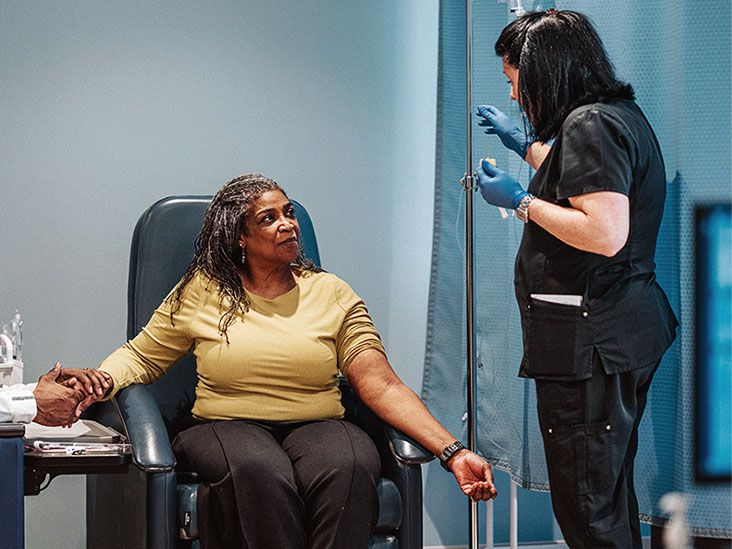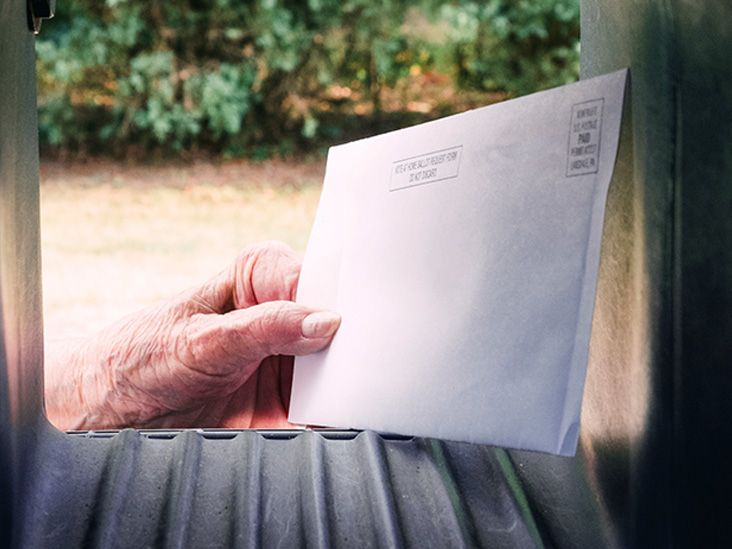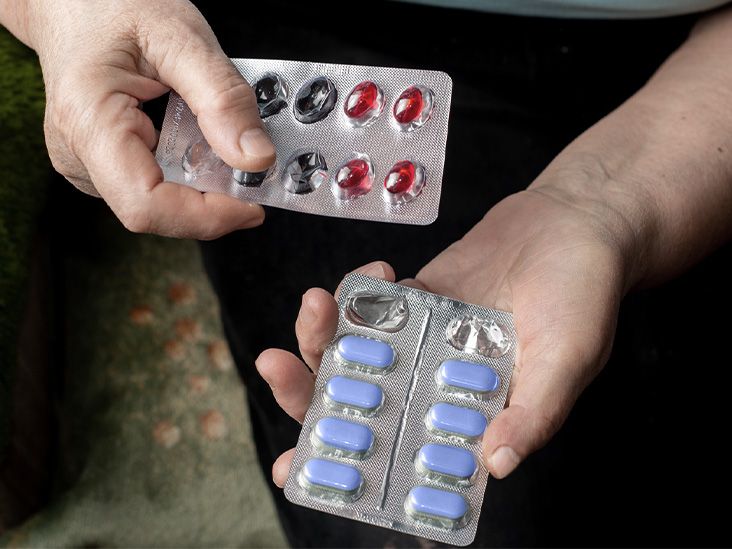Let's be honestprescription drugs can feel like a financial avalanche. You're not alone if you've stared at a pharmacy receipt thinking, "Wait is this really what I'm paying for one month of meds?"
If you're on Medicare, the system can feel like it was built by a committee that never actually used medication. Between deductibles, copays, and that infamous "donut hole," it's easy to get lost.
But here's the good news: 2025 brings a real game changer. The Inflation Reduction Act finally put a hard cap on what you can be charged out of pocket for Part D drugsand it's something big to celebrate.
We're talking about one number that changes everything: $2,000.
Once your out-of-pocket drug costs hit that number, you get to stop paying for covered prescriptions. For the rest of the year. No tricks. No fine print (well, okaysome fine print, but we'll walk through it).
So if you've been stressed about medication billswhether yours are high or just unpredictabletake a breath. Things are getting simpler. And I'm here to walk you through it, step by step.
How It Works
Before we talk about $2,000, let's start at the beginning. How does Medicare Part D actually work in 2025?
Think of it like a journey with stagesalmost like levels in a video game. You move through them as you pay for prescriptions. But here's the difference: instead of facing tougher challenges, the final level is the easiest.
Here's how it breaks down:
Deductible Stage
Some plans have a deductiblemeaning you pay 100% of your drug costs until you've paid a certain amount. In 2025, that maximum deductible is $590. Others? They start at $0. So right away, shopping around matters.
If your plan has a deductible, don't panic. You don't have to hit it all at once. But know thisevery dollar you spend counts toward your $2,000 out-of-pocket cap. More on that in a bit.
Initial Coverage Stage
Once you meet your deductible (or if your plan has none), you enter the initial coverage phase. This is where you usually pay either a copay or 25% of the drug's cost.
Let's say your blood pressure med costs $100. You'd pay $25. Medicare and your plan cover the rest. This continues until your qualified out-of-pocket spending reaches $2,000.
And here's the crucial part: "Out-of-pocket" doesn't include your monthly premium. It does include deductibles, copays, and coinsuranceeven if someone else pays them on your behalf, like through Extra Help.
Catastrophic Coverage Stage
This is where the magic happens. Once you hit $2,000 in out-of-pocket spending, the rest is on them. You pay $0 for covered drugs for the rest of the calendar year.
No more coinsurance. No surprise bills in November. Just peace of mind.
And yesthis is real. Because of the Inflation Reduction Act, this cap is now enforced across the board. You don't need a special plan. It applies to almost everyone with Medicare Part D.
The $2,000 Cap
Let me tell you a quick story.
My neighbor, Maria (yes, I borrowed her from the outlineshe's perfect), takes a brand-name medication that costs $6,000 a year. In past years, she'd pay thousands before reaching catastrophic coverage. The "donut hole" wasn't just confusingit was exhausting.
But in 2025? Even though she only pays about $838 out of pocket, the system treats her as if she hit $2,000. Thanks to the new law, the cap is triggered automatically. From that point on, she pays $0.
Think about that. She saves over $1,100real money that can go toward groceries, travel, or just breathing easier.
And she's not alone. According to a recent analysis from the Kaiser Family Foundation, millions of Medicare beneficiaries will see lower out-of-pocket costs because of this change.
The takeaway? The $2,000 cap isn't just a number. It's protection. It's dignity. It's knowing you won't be financially wiped out by a medical condition.
What You'll Pay
| Cost Type | 2025 Details |
|---|---|
| Monthly Premium | Average: $36.78 (varies by plan and income) |
| Annual Deductible | Up to $590 (some plans offer $0) |
| Coinsurance/Copay | Usually 25% during initial coverage |
| Out-of-Pocket Cap | $2,000 lifelong protection |
Now, the average premium might sound lowbut if you earn more than $103,000 (single) or $206,000 (married), IRMAA comes into play. That's the income-related monthly adjustment amount, and it means you'll pay more for your premium.
But here's a reality check: the cheapest monthly premium isn't always the best deal.
I had a friend who picked a plan with a $28 premium, only to find out his diabetes medication cost $90 a month. Another plan with a $62 premium charged just $15 for the same drug. He ended up saving nearly $900 a year by paying more up front.
So ask yourself: are you optimizing for the short term or the long game?
Shop Smart
Not all Medicare drug plans are the same. I know, that sounds obviousbut it's easy to overlook.
Two plans might have similar premiums, but wildly different formularies (that's the list of drugs they cover). One might put your medication on Tier 3 with a high copay. Another might have it on Tier 1 with a $5 charge.
And here's something fun: preferred pharmacies. Pick the right one, and you might cut your cost in half. Use a non-preferred location? You could pay double.
So how do you compare them without losing your mind?
You use the Medicare Plan Finder. Enter your prescriptions, dosage, frequency, and preferred pharmacy. The tool will show your total annual costpremiums plus drug expenses. Not just one or the other.
Because here's the truth: Medicare prescription expenses aren't just about what the plan charges. They're about what you end up paying. And that number depends on your meds, not someone else's.
Cut Your Costs
Now, what if you're living on a fixed income? What if even $36 a month for a premium feels like a stretch?
There's help. And it's not some hidden secretit's called Extra Help, also known as the Low-Income Subsidy.
It's a federal program designed to keep Medicare drug costs within reach. And if you qualify, the difference is night and day.
Do You Qualify?
In 2025, you might be eligible if:
- Your income is below $23,475 (single) or $31,725 (married)
- Your resources (like savings and investments) are under $17,600 (single) or $35,130 (married)
And if you're getting Medicaid, SSI, or help from your state paying Part B premiums? Congratsyou're automatically enrolled.
Didn't get it? You can apply online at the Social Security Administration's website. And if you're denied but your financial situation changes later? Reapply. Life happens. So do second chances.
What Extra Help Pays
If you're in the program, here's what you'll likely pay:
- Premium: $0
- Deductible: $0
- Generic drugs: up to $4.90
- Brand-name drugs: up to $12.15
- Once you hit $2,000 in drug costs? $0
No penalties. No surprises. Just straightforward, predictable pricing.
And rememberExtra Help covers the late enrollment penalty too. So if you didn't sign up for Part D on time, this could be your reset button.
Deductible Facts
Quick question: does your plan really need a deductible?
Not necessarily. Many plans offer $0 deductiblesespecially those aimed at people who take regular medications. Others charge up to $590.
So check your plan summary. Ask, "Am I paying for something I don't need?"
And yesthe deductible counts toward your $2,000 cap. Every dollar you pay brings you closer to $0 prescriptions.
Oh, and it resets every January 1. So if you're close to meeting yours by December, talk to your doctor about filling a refill early. You might save hundreds.
Avoid Penalties
I'll be real: one of the most frustrating parts of Medicare is the Part D late enrollment penalty. Miss your window by 63 days without creditable coverage? You'll pay a penaltyadded to your premium for life.
Here's how it's calculated: 1% of the national base premium ($36.78 in 2025) for every uncovered month.
Example: If you went 18 months without coverage, that's about $6.62 extra per month. And since the base premium can go up, so can your penalty.
Butbig butif you had other coverage (like VA benefits or retiree insurance), you might not owe the penalty. And yes, you can appeal. Just keep your records.
Payment Plans
Here's a newer perk: the Medicare Prescription Payment Plan (MPPP).
It lets you pay high drug costs in monthly chunks instead of one huge January bill. Great if you're on a tight budget or just hate surprises.
It doesn't lower your total costjust spreads it out. But sometimes, timing is everything.
Real Talk
I've worked with seniors who thought they were stuck paying high drug prices. Then we ran the numbers. Turned out they qualified for Extra Help or a better plan.
One man was paying $150 a month for a medication. Switched to a plan with better coverage and Extra Help? His cost dropped to $12.15.
Another picked a plan based on the lowest premium$30 versus $70. But because her drugs cost less under the pricier plan, she saved $400 a year.
The lesson? Small choices matter. Doing a little homework now can save hundreds later.
So every fall, during Open Enrollment, take a few minutes to review your plan. Ask:
- Have my medications changed?
- Did my dosage go up or down?
- Is there a cheaper generic?
- Am I using my preferred pharmacy?
- Could I get 90-day refills by mail? Often saves money.
You don't have to do it alone. Your local SHIP (State Health Insurance Assistance Program) offers free, personalized help. No sales pitch. No agenda. Just someone who wants to help you save.
Final Thoughts
Medicare drug costs don't have to be scary. In 2025, you have more protection than ever.
The $2,000 out-of-pocket cap is a game changer. It means you'll never pay more than that for covered Part D drugs, no matter how expensive they are.
But the rest? Premiums, deductibles, formulariesthat's where your choices matter.
So use the tools. Check your eligibility. Be your own advocate.
And if all of this feels overwhelming? Take a deep breath. You don't have to figure it all out today. Just take 10 minutes now to look at your plan summary or run a quick search on the Medicare Plan Finder.
Your future selfespecially in December when the pharmacy bills pile upwill thank you.
Because this isn't just about money. It's about security. It's about knowing you can keep taking the medications you needwithout sacrificing your peace of mind.
And really, isn't that what healthcare should be about?
FAQs
What is the Medicare drug cost cap in 2025?
In 2025, Medicare beneficiaries pay no more than $2,000 in out-of-pocket costs for Part D prescription drugs.
Does the $2,000 cap include monthly premiums?
No, the $2,000 cap only includes deductibles, copays, and coinsurance—not monthly Part D premium payments.
How does Extra Help lower Medicare drug costs?
Extra Help covers premiums, deductibles, and lowers copays for brand-name and generic drugs for low-income enrollees.
Will I still pay a deductible in 2025?
Some plans have a deductible up to $590, but many offer $0 deductibles—check your plan’s formulary and costs.
How can I reduce my Medicare prescription expenses?
Use the Medicare Plan Finder tool, switch plans during Open Enrollment, use preferred pharmacies, and apply for Extra Help if eligible.
Disclaimer: This article is for informational purposes only and does not constitute medical advice. Always consult with a healthcare professional before starting any new treatment regimen.
Related Coverage
Get the facts on IV infusions Medicare coverage, including what's covered, out-of-pocket costs, and how to find approved providers....
Secondary aging is influenced by lifestyle and health choices. Learn how to slow it down and age healthier....
Consuming very large amounts of vegetables may cause nutrient imbalances, thyroid issues, kidney stones and other problems in rare cases. Stick to recommended portions....
Doing crossword puzzles regularly can help improve memory, concentration, and reasoning in aging adults. Crosswords engage broader cognitive skills than brain games....
Aquatic exercises for seniors offer low-impact workouts that boost mobility, strength, and mental well-being. Start your water fitness journey today....
Wondering which custodial care service is right for you or your family in 2024? Check out our top 5 recommendations, including nursing homes, assisted living, and more. Find the best fit for your loved one's needs....
Beers Criteria 2023 helps older adults avoid risky medications and choose safer options for aging well with fewer side effects and better health outcomes....
Find the best Medicare in Florida options with our simple guide. Compare plans and make confident healthcare decisions....
Don't face unexpected costs. Know how the Medicare Part A penalty works and how to avoid paying more for your coverage....
Get details on 2025 AARP Medicare Part D plans, coverage changes, and how to save on prescription drugs with smart plan choices....









